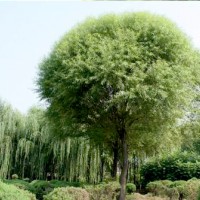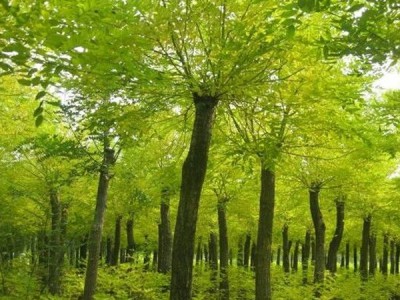Dry willow deciduous trees, up to 18 meters high, with a diameter at breast height of 80 cm, belong to the Willow family and Salix genus. The large branches are obliquely up, the crown is broad and round, the bark is dark gray and black, lo
ngitudinally split, the branches are erect or obliquely spread, brownish yellow-green, later brown, glabrous, young branches are hairy, buds are brown, and slightly hairy. [1] Sun-loving and cold-tolerant plants, distributed in North America, Europe, Russia, China, Colombia, and Japan. It has greening and ornamental value. It grows in areas between 10 meters and 3,600 meters above sea level. It often grows in arid or wetlands and has not been introduced and cultivated by artificial plants.
Dry willow, also known as willow, river willow, plum willow, straight willow; dry willow shape: large oblique branches, wide round crown, dark gray-black bark, longitudinally lobed, branches erect or obliquely spread, brownish green, back brown, none Hairy, young branches are hairy, buds are brown, slightly hairy.
Habitat distribution of dry willow: Dry willow is a sunny and hardy dry plant, distributed in North America, Europe, Russia, China, Canada, Colombia and Japan.
Dry willow use: Dry willow has greening and ornamental value. It grows in areas between 10 meters and 3,600 meters above sea level, usually in arid areas or wetlands, and can be artificially introduced and planted.










